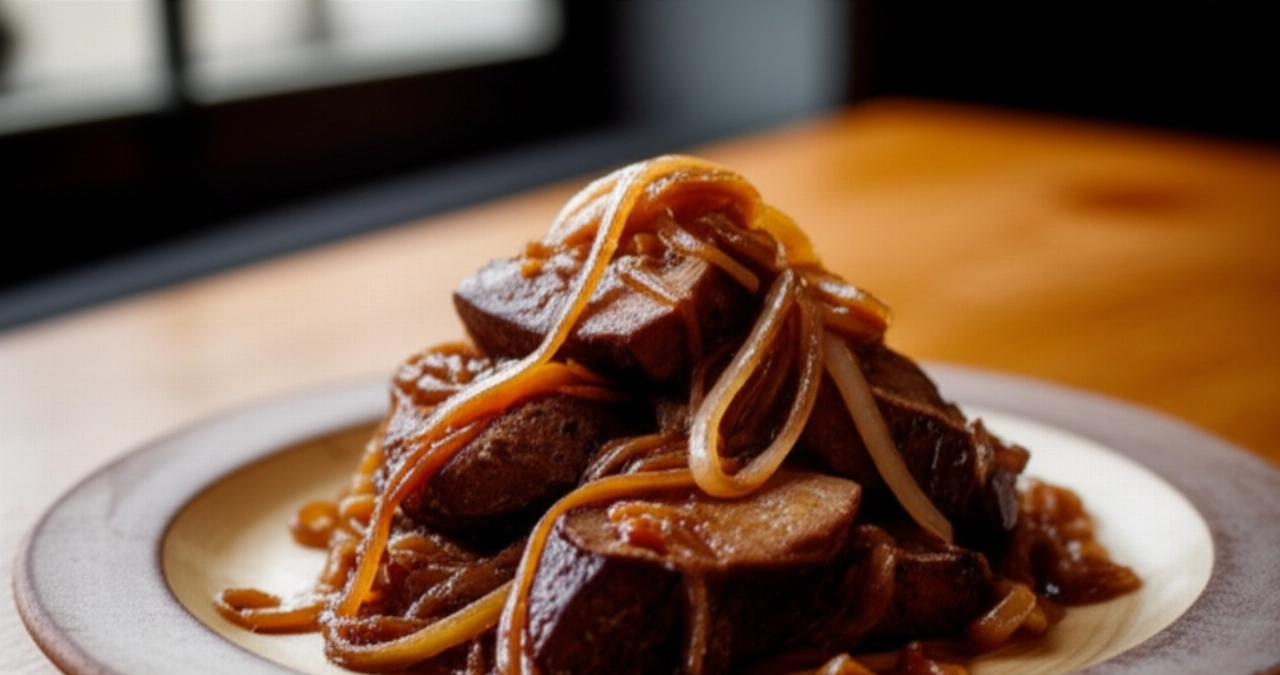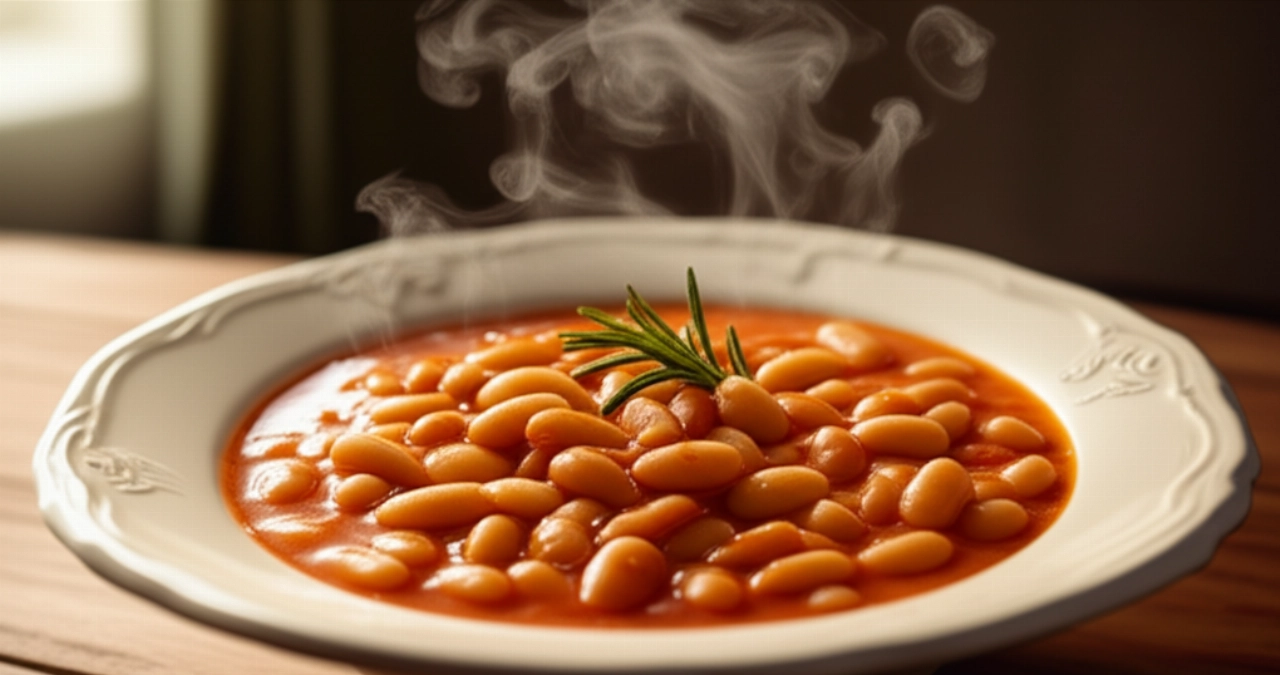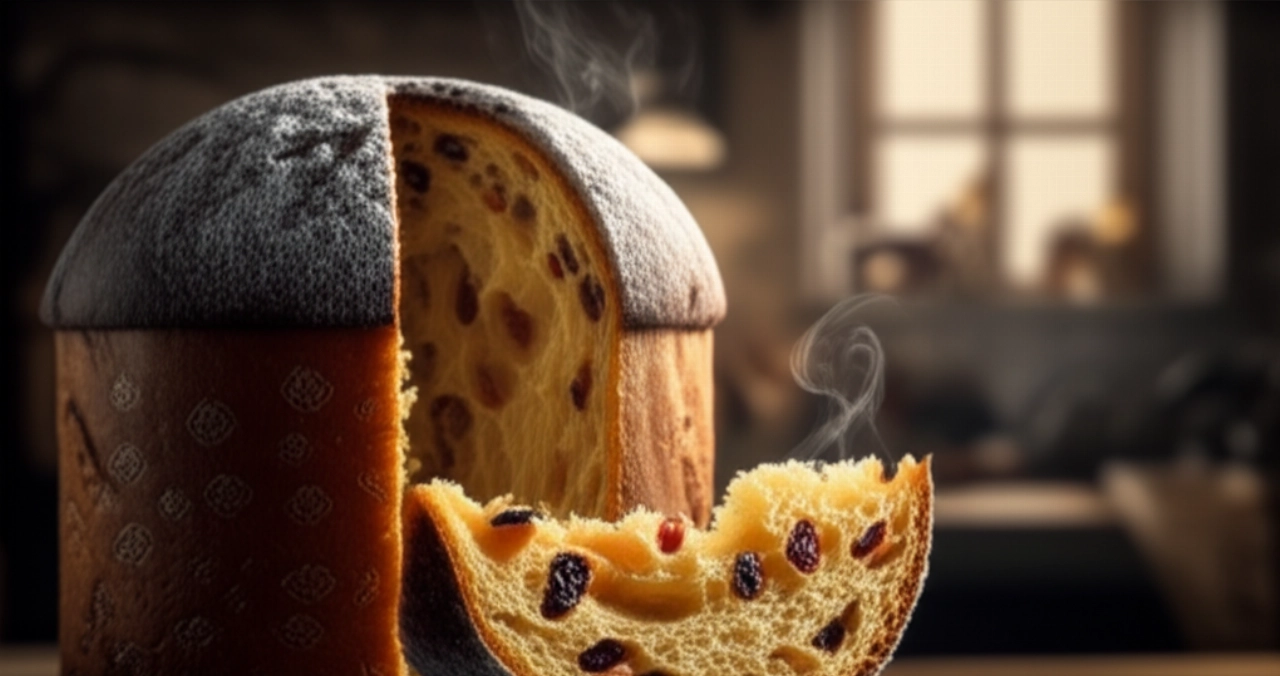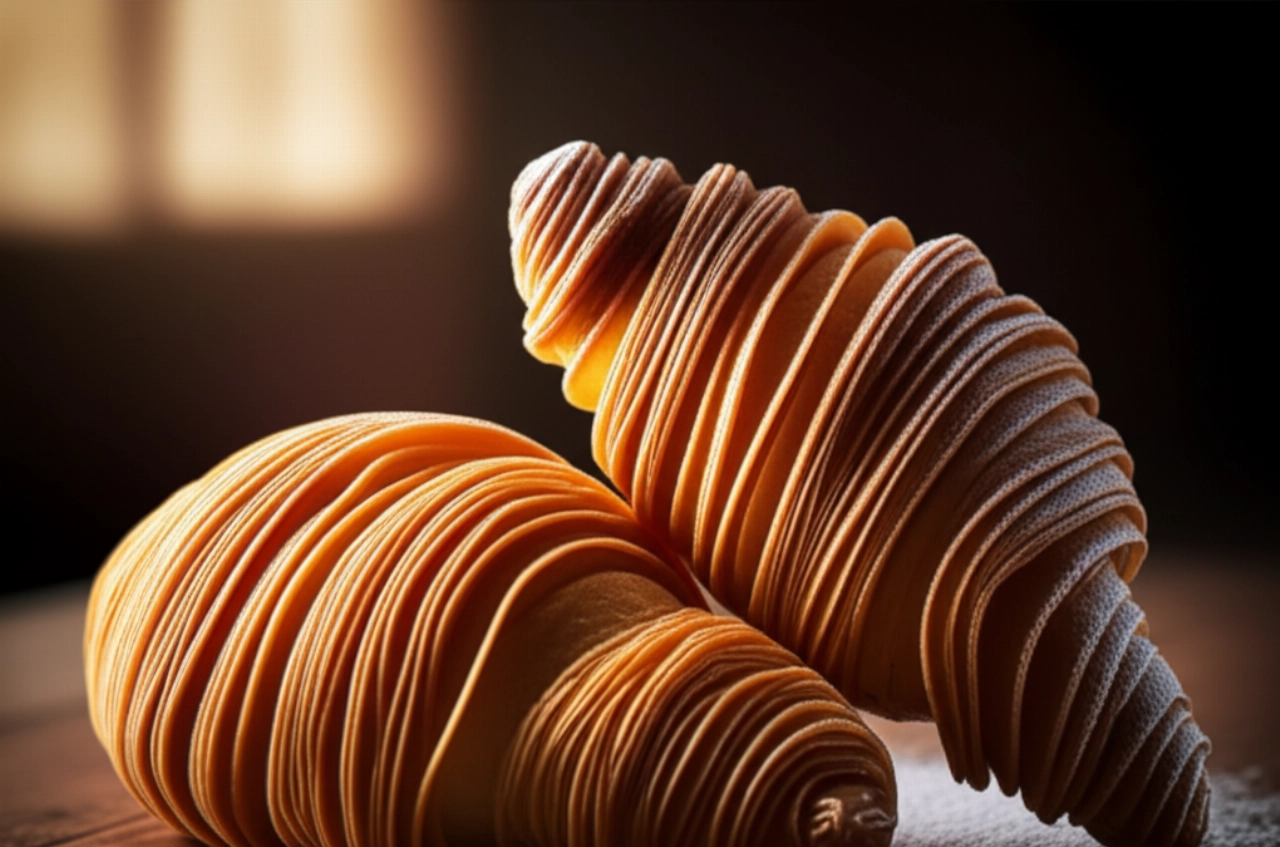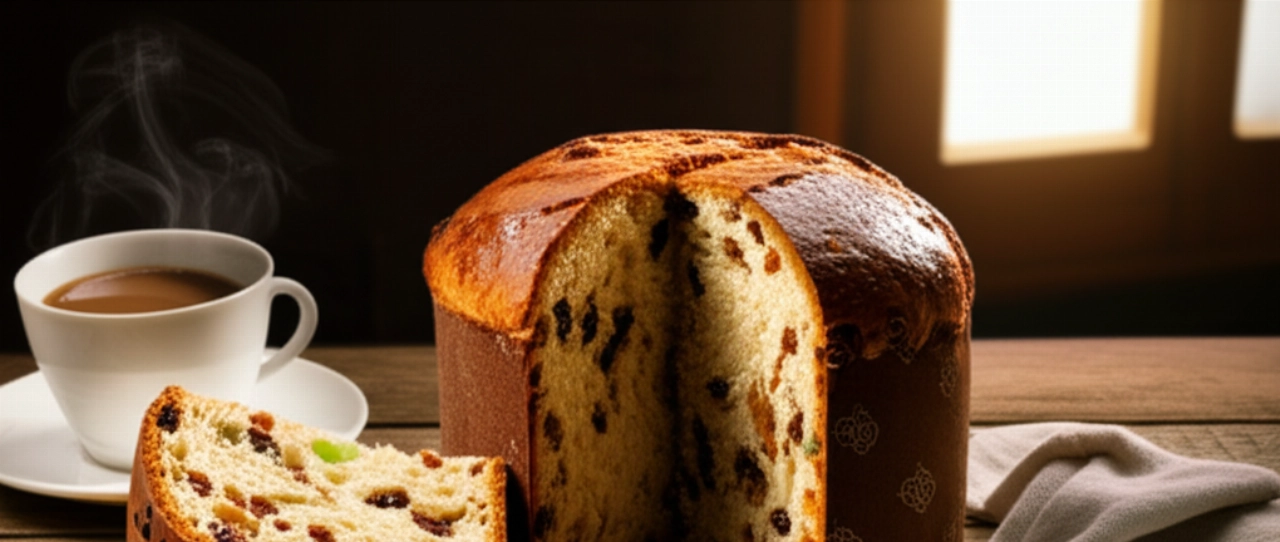There's a scent that, more than any other, speaks of celebration, joy, and Venetian tradition: that of Fritole! Imagine your kitchen flooded with that unmistakable aroma of leavened dough, citrus, and raisins, while outside, Carnival prepares to explode in a riot of colors and masks.
But how many times have you tried to make them, only for them to turn out gummy, too greasy, or, worse, bland? Finding "that true" recipe, one that guarantees success and makes you truly feel in Venice, seems like a task worthy of a Doge.
Make yourself comfortable. Here you won't just find a list of ingredients, but the definitive guide, full of tips and tricks, to prepare the softest, most fragrant, and authentic Venetian Fritole you've ever tasted. Success is guaranteed, and the scent of Carnival will fill your kitchen, bringing with it the joy of a centuries-old tradition.
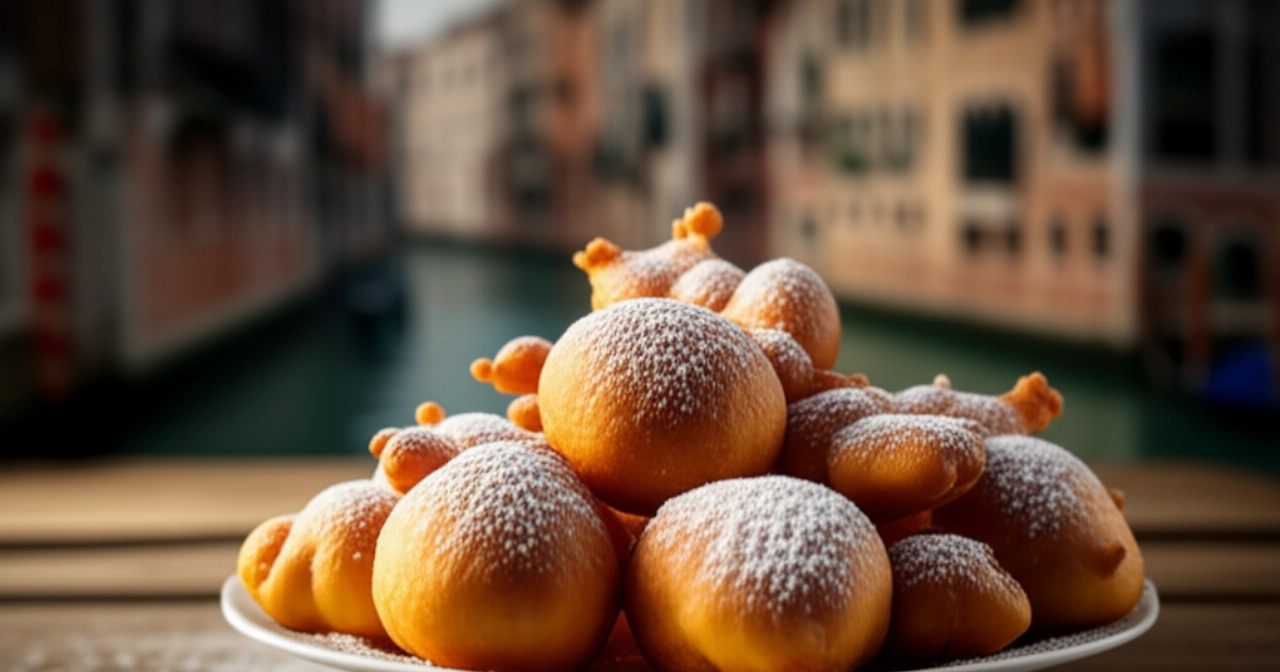
The Strategic Pillar: Perfect Softness and Authentic Flavor
Our unique angle for these Fritole is the Perfect Softness and Authentic Flavor. The promise is clear: I'll guide you step by step to achieve Venetian Fritole that are incredibly soft inside and golden outside, never greasy, with that unmistakable traditional aroma that will make you feel like you're in Venice. Forget gummy or heavy fritters; here you'll discover how to achieve the lightness and taste that make them legendary, transforming your kitchen into a true Venetian pastry shop.
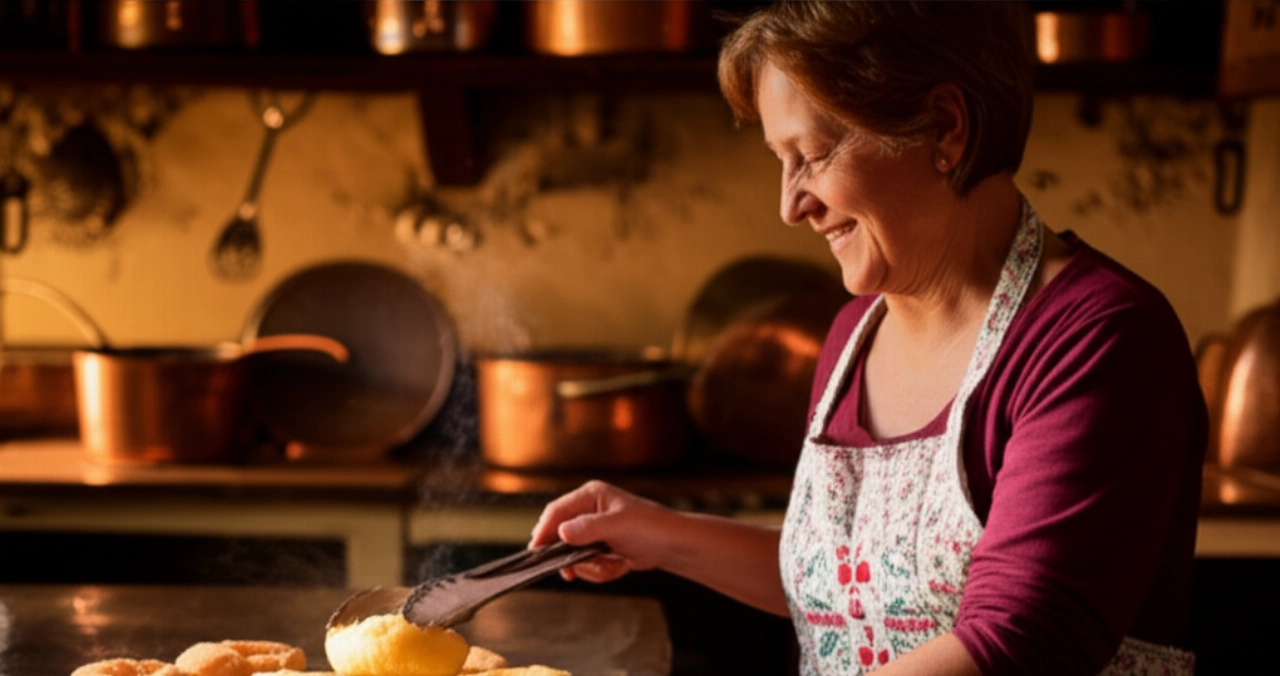
Smart Ingredients for Foolproof Fritole: The Choice That Makes the Difference
Every ingredient plays a fundamental role in the success of your Fritole. It's not just a list, but a carefully considered selection to guarantee maximum flavor and consistency.
- 00 Flour: This is the base of our dough. 00 flour, with its low protein content, ensures a delicate and soft structure, perfect for fritters.
- Fresh baker's yeast: The pulsating heart of leavening. Using fresh yeast ensures a greater rise and a lighter, airier dough. Remember to always activate it in a lukewarm liquid.
- Eggs (room temperature): They bind the dough and contribute to its softness and golden color. It's essential that they are at room temperature to blend best with the other ingredients.
- Granulated sugar: Not only sweetens, but also aids leavening and browning during cooking. The right amount is essential so as not to weigh down the dough.
- Whole milk (lukewarm): The liquid that hydrates the flour and activates the yeast. Whole milk adds richness and softness to the dough. Make sure it's only lukewarm, not hot, so as not to "kill" the yeast.
- Butter (soft): Provides incredible softness and an enveloping flavor. Use it at room temperature, almost like an ointment, to easily incorporate it into the dough.
- Sultana raisins: The sweet and juicy soul of Fritole. Soak them in lukewarm water or, for a more traditional and aromatic touch, in a little grappa or rum. This will make them plump and flavorful.
- Pine nuts: Add a slightly crunchy note and a resinous aroma that pairs divinely with raisins and citrus. Lightly toast them in a pan before using them to enhance their flavor.
- Organic lemon and orange zest: The unmistakable scent of Fritole. Use only the yellow/orange part, avoiding the bitter white pith, and grate it finely to release all the essential oils.
- Grappa or Rum (optional, but recommended): Not only for soaking the raisins, but a tablespoon in the dough helps reduce oil absorption during frying, making the Fritole lighter and less greasy.
- Peanut oil (for frying): Has a high smoke point and a neutral flavor, ideal for crispy, golden frying that doesn't alter the taste of the fritters.

The 3 Mistakes That Make Fritole Heavy or Gummy (and How to Avoid Them)
Even the most experienced cooks can encounter pitfalls. Knowing them will allow you to avoid them and get perfect Fritole on your first try.
- Dough too stiff or too soft: Fritole dough should be soft, almost sticky, but not liquid. If it's too stiff, the fritters will be compact and gummy. If it's too soft, they will absorb too much oil. The ideal consistency is one that allows you to scoop small portions with a spoon, but which detaches easily. Don't add too much flour for fear of it being sticky: it's normal for it to be!
- Insufficient or excessive leavening: Patience is key! Too short a leavening time will not give the Fritole the desired lightness, making them heavy. Conversely, excessive leavening can cause them to collapse during cooking or make them sour. The dough should double in volume, and the environment should be warm and free of drafts.
- Oil not at the right temperature: This is the most common and most "fatal" mistake. If the oil is too cold, the Fritole will absorb an excessive amount of fat, becoming greasy and heavy. If it's too hot, they will brown too quickly on the outside while remaining raw inside. The ideal temperature is between 170°C and 175°C. If you don't have a kitchen thermometer, do the toothpick test: dip it in the oil, if lively bubbles form around it, it's ready.
Grandma's Secret: The Magic Touch for Unforgettable Fritole
My grandmother, a true Venetian, always told me: "Fritole should be a hug, not a brick!". Her secret? Besides soaking the raisins in grappa for an intoxicating aroma, she always added a pinch of salt to the dough to enhance all the flavors, and a teaspoon of natural vanilla extract for an even more enveloping aromatic note. And then, she advised me not to rush the leavening: "The dough must feel your love and its time, you can't force it!". Another trick, known to few, was to add a tablespoon of almond flour to the dough: it gives extra softness and a more complex and irresistible aroma.
Let's Prepare Venetian Fritole Together: The Step-by-Step Guide
Ingredients:
- 500 g 00 flour
- 25 g fresh baker's yeast
- 100 g granulated sugar
- 2 medium eggs (room temperature)
- 250 ml lukewarm whole milk
- 50 g soft butter
- 100 g sultana raisins
- 50 g pine nuts
- Grated zest of 1 organic lemon
- Grated zest of 1 organic orange
- 1 teaspoon vanilla extract (or one sachet of vanillin)
- A pinch of salt
- 50 ml grappa or rum (for raisins and dough)
- Peanut oil for frying
- Powdered sugar for garnish
Tools:
- Large bowl
- Stand mixer with hook attachment (or strong hands!)
- Plastic wrap
- Deep pan or deep fryer
- Kitchen thermometer (recommended)
- Slotted spoon
- Paper towels
Method:
- Prepare the raisins: Place the raisins in a small bowl and cover them with grappa (or rum) and a little lukewarm water. Let them soak for at least 30 minutes, then drain well and gently squeeze them.
- Activate the yeast: In a small bowl, dissolve the fresh baker's yeast in 50 ml of lukewarm milk (taken from the total) with a teaspoon of sugar. Let it rest for 5-10 minutes, until a foamy layer forms on the surface: this is a sign that the yeast is active.
- Prepare the dough: In the bowl of a stand mixer (or a large bowl if kneading by hand), pour the flour, remaining sugar, eggs, remaining lukewarm milk, vanilla extract, a pinch of salt, and the activated yeast. Begin kneading with the hook attachment (or with your hands) at low speed.
- Add the butter: When the dough begins to come together, add the soft butter in small pieces, a little at a time, continuing to knead. Work the dough for at least 10-15 minutes (if using a stand mixer, up to 20 minutes by hand) until it is smooth, elastic, and detaches from the sides of the bowl. It should be soft and slightly sticky.
- Incorporate the aromas and "treasures": Add the grated lemon and orange zest, the drained raisins, and the pine nuts. Knead briefly, just long enough to distribute them evenly throughout the dough.
- First proofing: Form the dough into a ball, place it in a lightly oiled bowl, cover with plastic wrap, and let it rise in a warm place free from drafts (for example, in an oven turned off with the light on) for at least 2-3 hours, or until the dough has doubled in volume.
- Prepare for frying: Heat abundant peanut oil in a deep pan or deep fryer. The ideal temperature is 170-175°C (338-347°F). Do not exceed 180°C (356°F) to prevent them from burning on the outside and remaining raw inside.
- Frying the Fritole: With the help of two spoons (or an ice cream scoop), scoop small portions of dough and gently drop them into the hot oil. Do not fry too many Fritole at once to avoid lowering the oil temperature. They should puff up and brown evenly.
- Drain and garnish: When the Fritole are nicely golden on all sides (this will take about 3-5 minutes per side, depending on the size), remove them with a slotted spoon and place them on a tray lined with paper towels to remove excess oil.
- Serve: Generously dust the still-warm Fritole with powdered sugar. They are perfect freshly made!
Tips and Frequently Asked Questions about Venetian Fritole
Here are some answers to the most common doubts, to clear up any uncertainty and make you feel like a true expert.
- Can I prepare the dough in advance? Yes, you can prepare the dough the night before and let it rise slowly in the refrigerator overnight. In the morning, take it out of the fridge at least an hour before frying, to allow it to return to room temperature and resume rising.
- What is the best oil for frying Fritole? Peanut oil is the most recommended due to its stability at high temperatures and its neutral flavor. Alternatively, you can use high-oleic sunflower oil. Avoid olive oil, which has a lower smoke point and a too strong flavor.
- Can I make Fritole without raisins or pine nuts? Certainly, if you don't like these ingredients, you can omit them. However, be aware that raisins and pine nuts are distinctive elements of the traditional Venetian recipe and contribute significantly to the authentic flavor and texture of Fritole.
- Why are my Fritole greasy? Most likely the oil was not hot enough. When the oil is at a low temperature, the Fritole absorb it like a sponge. Make sure the temperature is constant and correct (170-175°C or 338-347°F). A dough that is too liquid can also contribute to excessive oil absorption.
- How do I store leftover Fritole? Fritole are best enjoyed freshly fried. If you have leftovers, you can store them in an airtight container at room temperature for one day. To reheat them, place them in a warm oven at 150°C (300°F) for a few minutes or in the microwave for a few seconds: they will regain some of their softness.
A Flavorful Embrace: Your Venetian Fritole Are Ready!
There you have it! Now you no longer just have a recipe, but all the secrets to bring Venetian Fritole to your table that taste of celebration, tradition, and love. Every bite will be a sensory journey into the magic of Carnival, a small masterpiece of softness and fragrance that will win everyone over.
Don't be afraid to experiment. Cooking is an act of creativity and generosity. But start with this solid and foolproof base, and you'll see that applause won't be lacking. Prepare a cup of coffee or a glass of sparkling wine, and enjoy the fruit of your labor!
Have you tried our recipe? We're eager to see your masterpiece! Leave a comment below, tell us how it went, or share a photo on Instagram by tagging @CercaRicette.it. If you loved these Fritole, you can't miss our recipe for Soft Castagnole, another irresistible Carnival classic, or for a perfect side dish like our Creamy Mashed Potatoes (yes, even at Carnival, a good mashed potato never hurts!).
